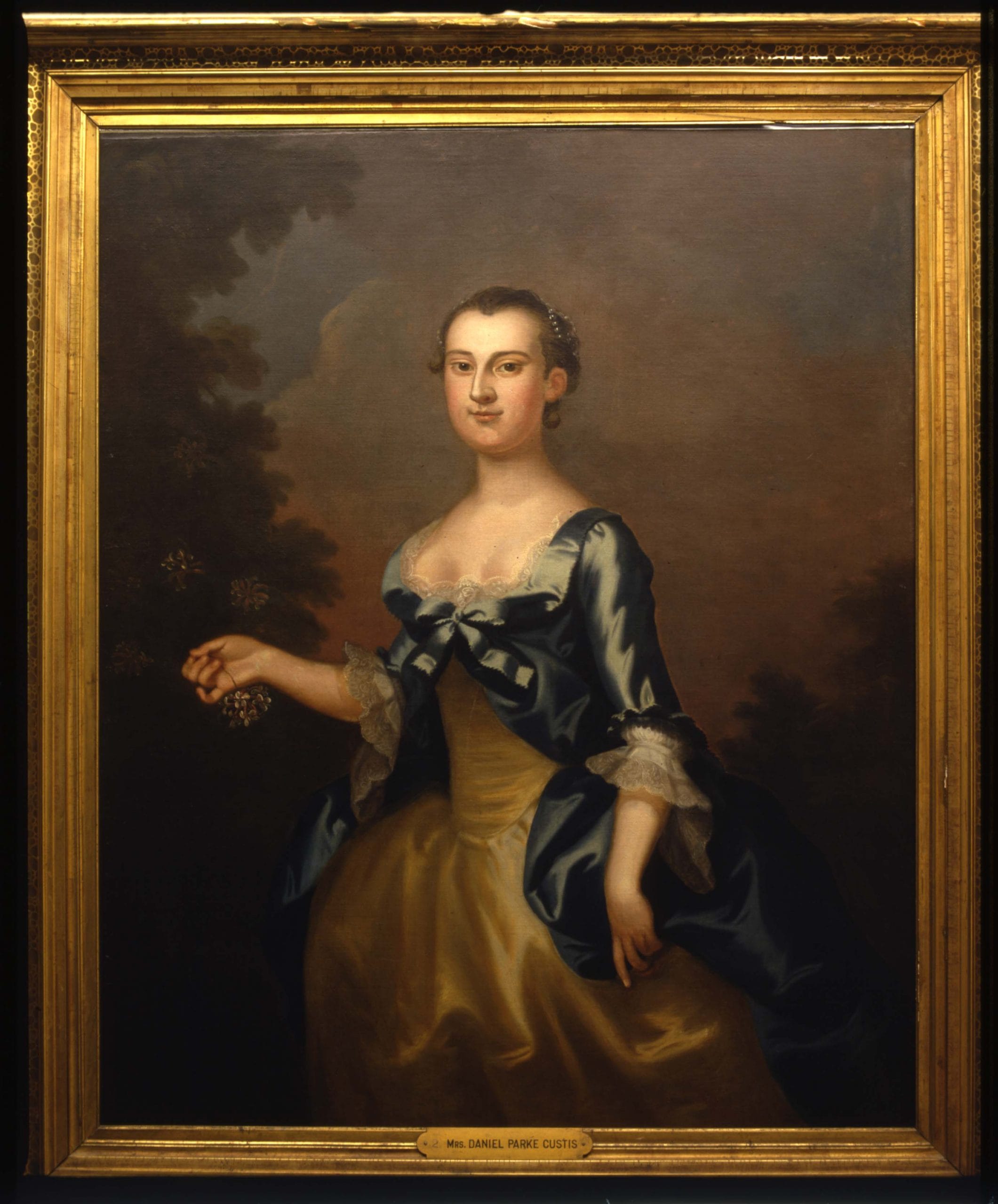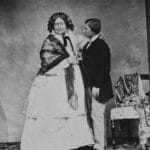Daniel Parke Custis, a name often eclipsed by the prominence of his widow’s second husband, George Washington, played a pivotal role in shaping early American history. His wealth, derived from extensive landholdings in colonial Virginia, and his untimely death intertwined his legacy with that of the nascent nation. This article delves into the life of this influential planter, exploring his family background, his marriage to Martha Dandridge Custis, and the complex circumstances surrounding his passing and its profound consequences.
Custis’s Early Life and Rise to Prominence
Born on October 15, 1711, at Queen’s Creek Plantation in York County, Virginia, Daniel Parke Custis entered a world of privilege. His father, John Custis IV, a powerful member of the Virginia Governor’s Council, ensured young Daniel a life of comfort and opportunity. This upbringing likely provided him access to a superior education, probably encompassing classical literature, mathematics, and possibly legal training, preparing him for the management of his future inheritance. [https://www.lolaapp.com/edward-brodess]
Growing up amidst the bustling activity of a thriving plantation, Custis likely gained firsthand knowledge of the intricacies of plantation management and the realities of a society reliant on enslaved labor. This experience would shape his future as a prominent landowner and planter. While detailed records of his youth are scarce, we can surmise a life of relative ease, surrounded by the comforts afforded by his family’s wealth and social standing.
Marriage to Martha Dandridge and Family Life
In 1750, at the age of 38, Custis married the young widow Martha Dandridge, a union that would significantly impact both their lives and, ultimately, the course of American history. This marriage, initially met with disapproval from Custis’s father, brought together two prominent Virginia families and further solidified Custis’s position within the colony’s elite. The couple settled at Custis’s estate, the “White House” Plantation, a sprawling property situated on the Pamunkey River in New Kent County, Virginia.
Together, Daniel and Martha had four children: Daniel Parke Custis II, Frances Parke Custis II, John Parke Custis, and Martha Parke Custis. Tragically, two of their children, Daniel and Frances, died in childhood, a stark reminder of the precariousness of life in the 18th century. Raising their surviving children, John and Martha, became a central focus for the couple and later, for Martha alone, after Daniel’s untimely demise.
Wealth, Property, and the Shadow of Slavery
Custis was among the wealthiest men in Virginia, his fortune built upon vast landholdings and the labor of enslaved people. His primary residence, the White House Plantation, served as a symbol of his affluence and influence. However, his land ownership extended beyond this prominent estate, encompassing properties along the York River, Queens Creek, and even the Eastern Shore of Virginia. This diversified portfolio suggests a shrewd businessman with a keen understanding of land acquisition and management. [https://www.lolaapp.com/eston-hemings-jefferson]
Managing these plantations required a complex network of overseers and enslaved laborers. While the precise details of the workforce on Custis’s estates remain a subject of ongoing research, historians suggest that the number of enslaved individuals under his control was considerable. It’s crucial to acknowledge the human cost associated with this wealth, recognizing that enslaved people were not property but individuals whose lives and freedom were tragically bound to the brutal system of slavery. Understanding the complexities of these operations and the ethical dilemmas they present is essential for a complete picture of Custis and his era.
The Mysterious Death of Daniel Parke Custis
In July 1757, at the age of 45, Daniel Parke Custis died suddenly at White House Plantation. The cause of his death remains a subject of historical speculation. While some accounts suggest he succumbed to a “virulent throat infection,” the precise nature of the illness remains elusive. Some historians theorize that it may have been scarlet fever, diphtheria, a streptococcal infection, or perhaps even a sudden heart attack. The lack of detailed medical records from the time makes it difficult to determine the exact cause with certainty, adding an air of mystery to his passing.
The Custis Estate and its Impact on American History
Custis’s untimely death had profound consequences, particularly for his widow, Martha. Upon his passing, she inherited one-third of his estate outright, with the remaining two-thirds held in trust for their surviving children, John Parke Custis and Martha Parke Custis. This inheritance, including land, enslaved people, and other assets, transformed Martha into one of the wealthiest women in Virginia. Her newfound wealth and independence would play a crucial role in her subsequent marriage to George Washington and, arguably, in Washington’s rise to prominence.
The Dunbar Lawsuit and Ongoing Legal Complexities
The Custis estate was not without its legal entanglements. One notable case, the Dunbar lawsuit, involved disputes over land ownership and inheritance. This legal battle, which continued even after Daniel’s death, became intertwined with George Washington’s life and added another layer of complexity to the Custis legacy. The Dunbar lawsuit and other legal matters surrounding the estate serve as reminders of the challenges and intricacies of property ownership and inheritance in colonial Virginia. They also underscore the long-lasting impact of Daniel Parke Custis’s life, extending far beyond his own time.
Custis’s Enduring Legacy: More Than Martha’s First Husband
While often remembered primarily as Martha Washington’s first husband, Daniel Parke Custis was a significant figure in his own right. His wealth, influence, and untimely death had a ripple effect on American history, shaping the lives of those around him and contributing to the rise of one of the nation’s most iconic figures. Further research into the life of Daniel Parke Custis promises to reveal even more about the complexities of colonial society and the individuals who shaped the destiny of a nation.
- Unlocking 2-Letter Words with U: The Definitive Guide - April 4, 2025
- Unlock Words with the Letters THREE: Top Unscramble Tools 2025 - April 4, 2025
- Master Scrabble: X & Z Words for High Scores - April 4, 2025
















